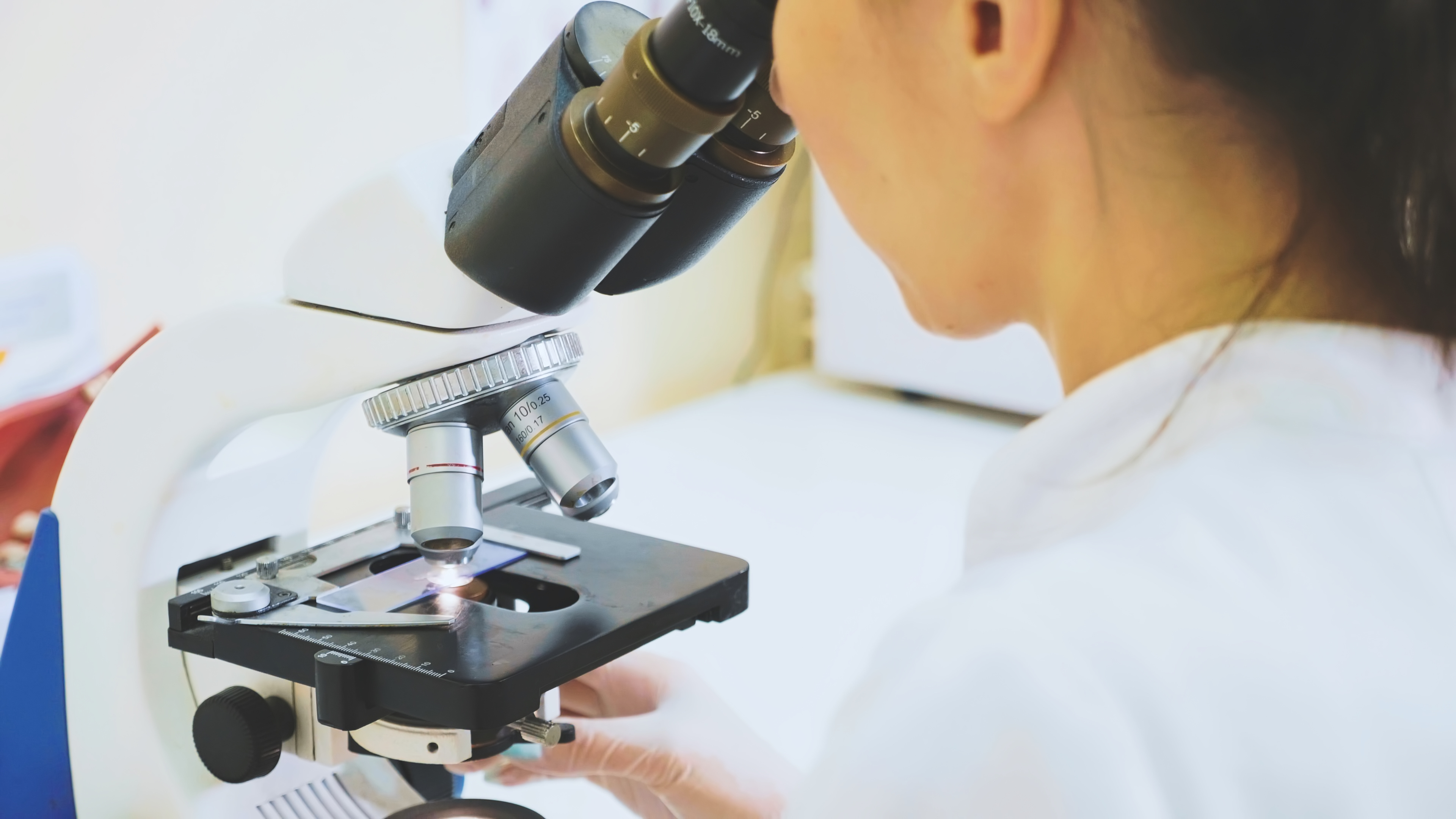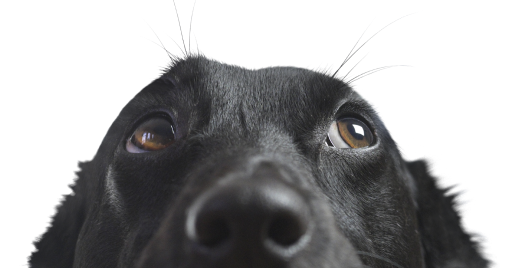As newly minted veterinarians and veterinary technicians enter practice, they're increasingly expecting their employers to adopt technology that makes work easier. If your practice has delayed or avoided significant technology acquisitions in recent years, there’s a good chance that you are falling behind when it comes to your ability to attract and retain new talent.
What are the baseline technology expectations of this tech-savvier generation of veterinary professionals?
Up-to-date medical equipment
Gone are the days of sending all diagnostic tests to a reference laboratory or developing radiographs by hand. Today’s new graduates expect modern equipment that will allow them to provide high-quality patient care in an efficient and effective manner.
To be competitive in today’s market, a traditional general practice should have access to the following equipment:
- In-house hematology and chemistry analyzer: While reference laboratory utilization has its place, nothing beats in-house laboratory tests in an emergency. If your practice still lacks the ability to perform in-house bloodwork, it’s time to add these tools to your practice.
- Digital radiography: While there are probably few, if any, practices still using dip tanks, there are some practices that still use film radiology. Additionally, many practices rely on computed radiography (CR), in which cassettes must be carefully positioned under the patient and then inserted into a machine for processing. Digital radiography (DR) allows for more rapid image acquisition, with fewer necessary steps. This can significantly improve the efficiency and work satisfaction of your veterinarians and support staff.
- Digital dental radiography: While dental radiographs were long viewed as optional in veterinary practices, they are increasingly recognized as the standard of care in many areas of the country. In 2015, the AVMA Professional Liability Insurance Trust (PLIT) newsletter highlighted three separate claims related to a failure to perform radiographs, emphasizing the need for dental radiography in all dentistry patients.
- Ultrasound: While ultrasound used to be the territory of specialists, an increasing number of small animal general practices now have an ultrasound available for use. While a top-of-the-line unit may not be necessary, an affordable ultrasound unit can be beneficial for occasional abdominal scans and ultrasound-guided aspirates.
Essential computer technology
While much of your new grad’s time will be spent with patients, they will also spend large amounts of time communicating with clients, preparing treatment plans, and entering medical records. Therefore, it’s important to give your practice software just as much consideration as you give your medical equipment.
As you contemplate your practice’s current software and debate whether upgrades may be in order, consider whether your current setup offers the following:
- Computerized medical records: When I interviewed for my first veterinary job in 2006, nearly half of the clinics at which I interviewed were still using paper records. Fortunately, that number has significantly decreased in recent years. If your practice is still using paper records, however, it’s time to make a change. Many new graduates can type faster than they can write by hand; computerized medical records allow them to practice more efficiently.
- Cloud-based medical records: Many new grads appreciate remote access to medical records, which can offer a number of benefits. Remote access makes it easier to leave work on time (attending to after-work commitments) and finish medical records later in the evening. Additionally, late-night case research is far easier when you can access the pet’s medical record and laboratory results.
- Email-based or text-based client communication: strong>While there will always be a need for client phone calls, an increasing number of young people prefer email, social media, or text-based communication. This is not only true for your clients; it also affects your new grad veterinarians and technicians. Promoting email and text messaging for routine client communications can remove a significant source of stress from a new grad’s work day.
[See also: 5 steps to empower veterinary technicians to their fullest abilities]
- Diagnostic testing integration: Whether laboratory tests are run on an in-house analyzer or sent to a reference laboratory, results should be seamlessly imported into a patient’s medical record. This allows veterinarians to see results as soon as possible, and reduces time spent chasing down results.
Desirable technology perks
While some medical equipment and computer technologies are considered essential by many new graduates, others are “nice perks” that can help you stand out as a desirable workplace. These technologies are not essential, by any means, but they may make it easier for you to attract and retain new graduates.
- Artificial intelligence (AI) assisted technologies: An increasing number of AI-assisted laboratory analyzers can increase your practice’s efficiency and set you aside from other practices. The IDEXX® SediVue® and Vetscan® Imagyst® use image-recognition capabilities to perform urinalyses, fecal parasite examinations, and other tests. These tools can help your practice function more efficiently and attract new grads.
- Medical records dictation software: If you’ve ever used to the talk-to-text feature on your cell phone, you have likely noticed that these technologies have come a long way. Veterinary dictation software is specifically designed to recognize common veterinary terms, providing a simple and efficient way for veterinarians to complete their medical records. These programs can help your new graduates work more efficiently, improving their productivity and helping them achieve better work-life balance.
Use technology to stand out from the crowd
In today’s competitive labor market, it’s important to set yourself apart from other practices in your area.
There are many job openings for veterinarians and veterinary technicians, meaning that only the most appealing practices tend to receive applicants. Even once you attract a qualified applicant, you still need to convince the applicant that your practice is more appealing than any other job offers they might receive.
An emphasis on technology can be a key factor in attracting and hiring qualified new grads.


